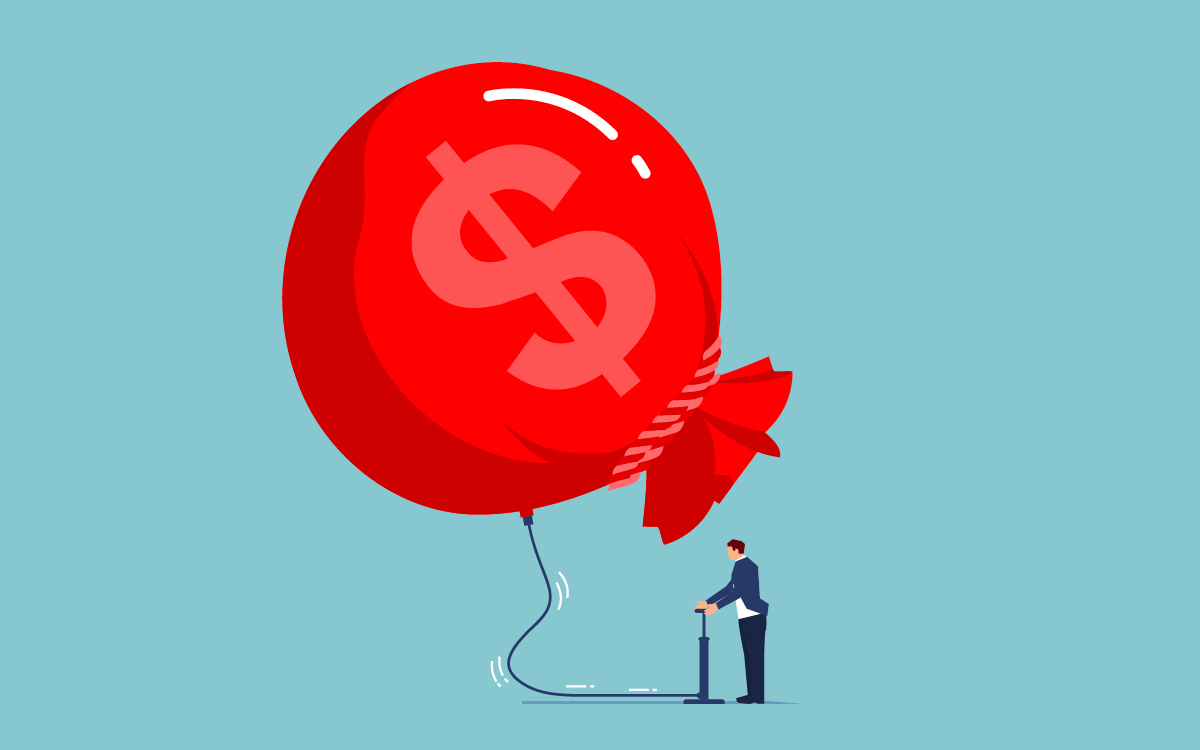Greedflation - Is it a thing?
Jun 07, 2022
There is no doubt that we are in for a period of inflation. And inflation probably unlike anything we have seen since the 1970s. And that means there are many people in the workforce today who have never experienced real inflation.
Essentially inflation is a loss of purchasing power. Your dollar will not go as far tomorrow as it did yesterday. It can be the result of rising consumer demand. It can also be the result of influences outside of economic conditions – such as limited or reduced oil (and energy) production, and supply chain problems. It can also result from excessive money supply – or too much money chasing too few goods.
One of the impacts of inflation is that it acts as a spiral. The cost of living (goods and services) increases for various reasons, which then means (especially) those on fixed incomes find that their income has to be stretched further. Which naturally leads to a clamour to increase incomes – mainly wages. Increased wages adds to costs, which in turn increases the price of goods and services. And so the spiral starts.
There is no doubt that the lolly scramble printing of money during the pandemic has fuelled inflation. And the supply chain problems which have restricted the availability of many goods have been another factor. Add in ballooning energy prices and a war, and we have all the elements needed to kick start the inflation spiral.
But are there other factors also at work? There is a contention that market concentration gives opportunity to raise prices faster than the real impacts of increasing costs. In other words, players in market segments with less in the way of competition are able to raise prices more and quicker than in those segments where there are competitive factors holding prices back. Marking up prices in excess of rising costs is already apparent in industries such as shipping, which has seen record profits as massive demand filled ships and has driven up the cost of goods.
Another potential factor is expectation. When we expect to see prices increase, we are less resistant when they do increase. Which means the best time for sellers to increase prices is when buyers expect prices to rise.
Then when prices rise, so too will demand for increased incomes – wages and salaries. If it is a good time to increase prices when buyers expect prices to rise, then so too is it a good time to demand increased wages when employers expect to field demands for more. And especially so at a time when there is a shortage of talent in the labour market. Which gives rise to the concept of “greedflation”. Because there is an expectation of higher prices for goods and services, and higher wages, there will always be those who build a little greed into the spiral – just because they can. Which exacerbates the problem even further.

Recently Posted
- A changing market
- Apr 09, 2024 - Same, same and more same
- Apr 02, 2024 - New Year, New Attitude
- Jan 15, 2024 - Reflection and Anticipation
- Dec 18, 2023 - State of the Nation
- Nov 27, 2023